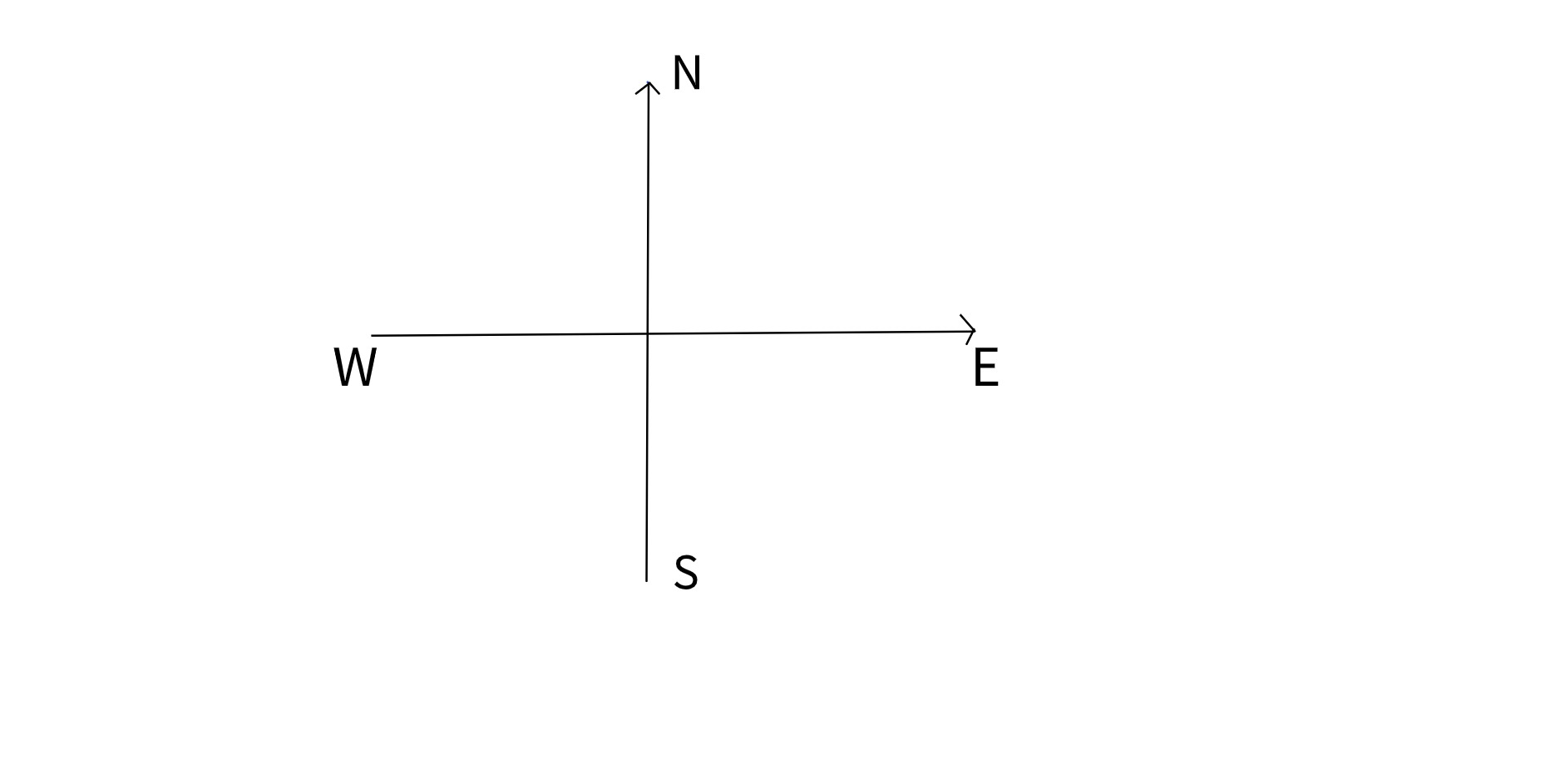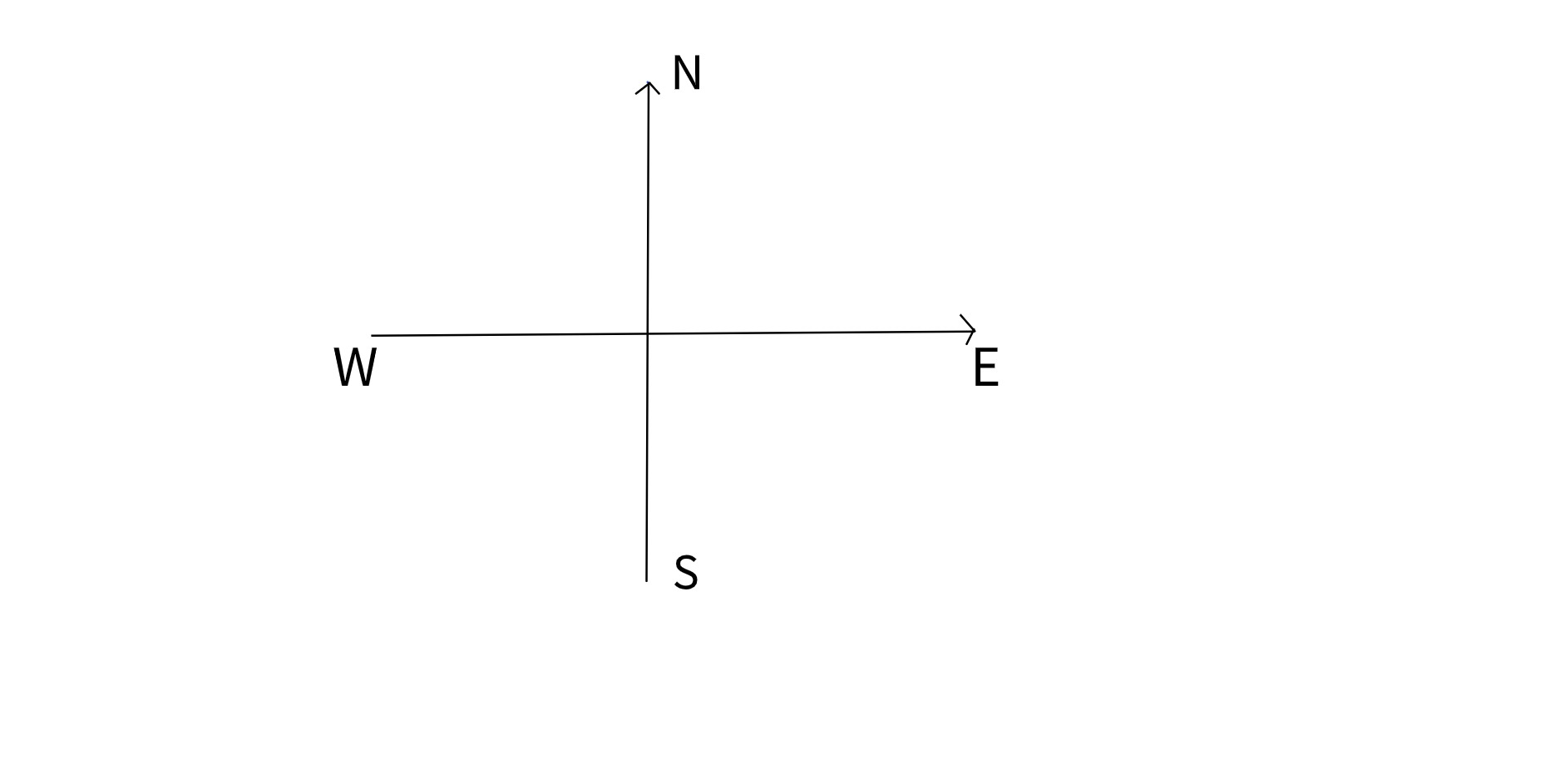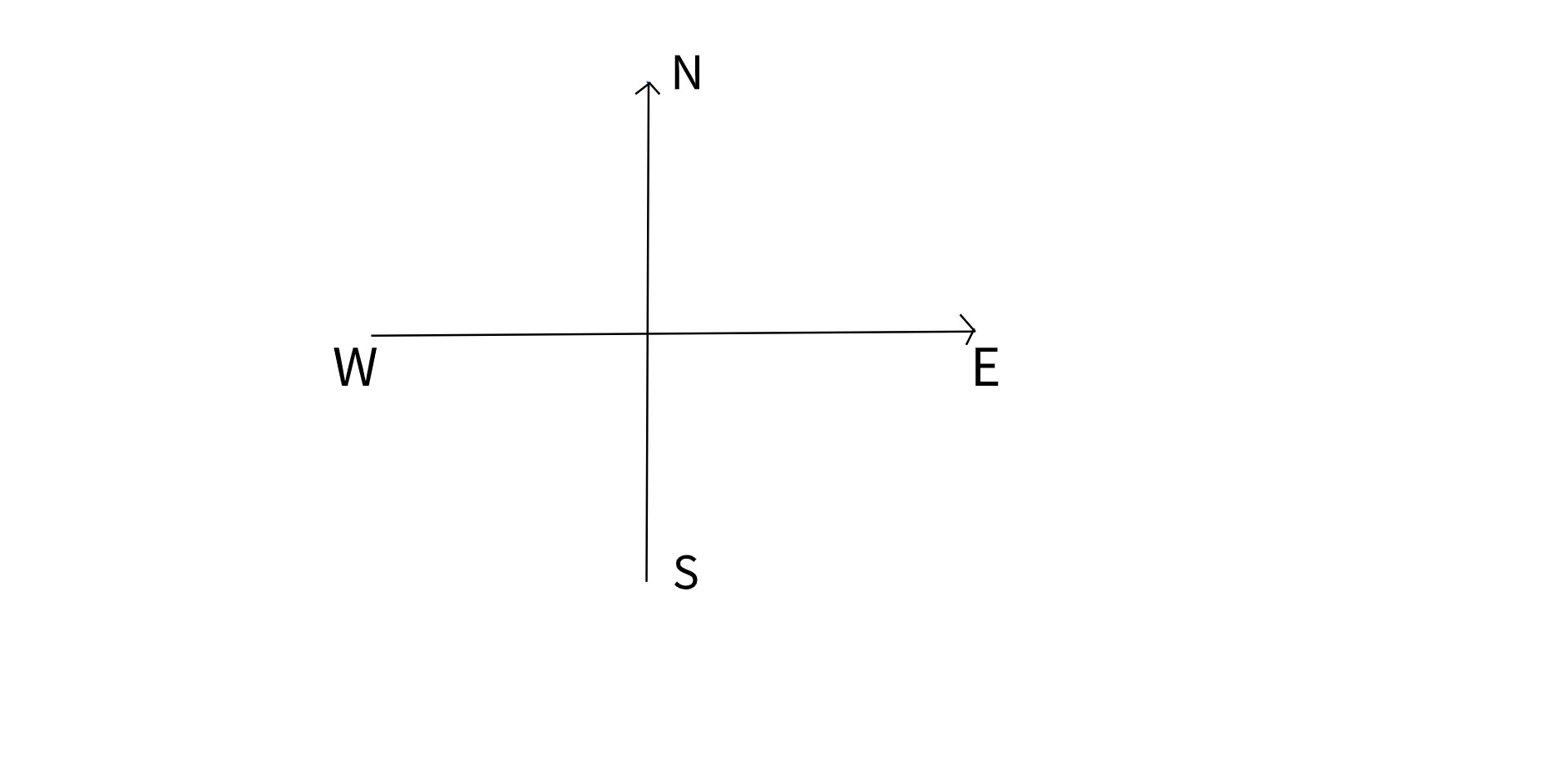All Solutions
Page 159: Section Review
intertext{Data known:}
&v_b=3hspace{1mm}frac{m}{s}text{speed of a boat}\
&v_r=2hspace{1mm}frac{m}{s}text{speed of river}
intertext{We are looking for maximum and minimum speed boat has looking from the shore, which means relative to the shore .}
intertext{Speed is value of velocity. It is just magnitude. And we are also looking for direction of boat, relative to the current of river.}
intertext{For maximum speed, boat and river have the same direction, so relative to the shore, boat is moving with speed of boat added to speed of river}
&v_{max}=v_b+v_r\
&v_{max}=3+2\
&v_{max}=5hspace{1mm}frac{m}{s}text{maximum speed of boat, direction of boat is the same as river’s current}
\
intertext{For minimum speed, boat and river have opposite direction, so relative to the shore, boat is moving with speed equal to difference of speed of boat and speed of river}
&v_{min}=v_b-v_r\
&v_{min}=3-2\
&v_{min}=1hspace{1mm}frac{m}{s}
text{minimum speed of boat, direction of boat is the opposite from river’s current}
end{align*}\
begin{align*}
&v_{max}=5hspace{1mm}frac{m}{s}text{maximum speed of boat, direction of boat is the same as river’s current}
\
&v_{min}=1hspace{1mm}frac{m}{s}
text{minimum speed of boat, direction of boat is the opposite from river’s current}
end{align*}
$$
$$
begin{align*}
v_b = 13 ,mathrm{frac{m}{s}}\
v_r = 5.0 ,mathrm{frac{m}{s}}
end{align*}
$$
where $v_b$ is the velocity of the powerboat due $textit{northwest}$ relative to the water and $v_r$ is the velocity of water flow in the river that is due $textit{north}$.
begin{align}
v &= sqrt{v_{x}^{2} + v_{y}^{2}}
intertext{such that,}
v_x &= v_{b} cos{theta} + v_r\
v_y &= v_{b} sin{theta}
end{align}
where $v_x$ is the sum of all the velocity with respect to the $x$-axis and $v_y$ is the sum of the components with respect to $y$-axis
$$
begin{align*}
v &= sqrt{v_{x}^{2} + v_{y}^{2}}\
&= sqrt{(v_{b} cos{theta} + v_r)^{2} + (v_{b} sin{theta})^{2}}\
&= sqrt{((13 ,mathrm{frac{m}{s}})cos{(45^{circ})} + 5.0,mathrm{frac{m}{s}})^{2} + ((13 ,mathrm{frac{m}{s}}) sin{(45^{circ})})^{2}}\
&= boxed{17 ,mathrm{frac{m}{s}}}
end{align*}
$$
$$
begin{align}
tan{theta} = frac{v_y}{v_x}
end{align}
$$
$$
begin{align*}
tan{theta} &= frac{v_y}{v_x}\
theta &= tan^{-1} left(frac{v_y}{v_x} right)\
&= tan^{-1} left(frac{v_{b} sin{theta}}{v_{b} cos{theta} + v_r} right)\
&= tan^{-1} left(frac{(13 ,mathrm{frac{m}{s}}) sin{(45^{circ})}}{(13 ,mathrm{frac{m}{s}}) cos{(45^{circ})} + 5.0,mathrm{frac{m}{s}}} right)\
&= boxed{33^{circ} text{ West of North}}
end{align*}
$$
v = 17 ,mathrm{frac{m}{s}} text{ due } 33^{circ} text{ West of North}
$$
intertext{Data known from the problem:}
&v_b=13hspace{1mm}frac{m}{s}hspace{1mm}text{boat’s velocity due to northwest}\
&v_r=5hspace{1mm}frac{m}{s}hspace{1mm}text{river’s velocity due to north}\
intertext{We are looking for velocity relative to the shore.}
intertext{Velocity is a vector, it has magnitude and direction, so we have to find them boat.}
end{align*}\
intertext{Boat is moving northwest, let’s say that north is y axis-vertical axis, and west is x axis-horizontal axis. It has two components of velocity, horizontal, and vertical.}
intertext{We can write velocity of a boat, relative to the river as sum of it’s components. We will use vectors because velocity is vector:}
&vec v_b=v_{bh}hat{i}+v_{bv}hat{j}\
intertext{$hat{i}$ and $hat{j}$ are unit vectors for x and y axis, we use them only to show direction of components, their value is equal to 1. }
&vec v_b=v_{b}cos 45 hat{i}+v_{b}sin 45hat{j}\
&vec v_b=(9.2 hat{i}+9.2hat{j})hspace{1mm}frac{m}{s}\
end{align*}
intertext{Velocity of river only has vertical component (north ):}
&vec v_r=5hat{j}hspace{1mm}frac{m}{s}
intertext{Now we can sum velocity of boat and river in order to find velocity of boat relative to the shore.}
&vec v=vec v_b +vec v_r\
&vec v=(9.2 hat{i}+9.2hat{j})+5hat{j}\
&vec v=(9.2 hat{i}+14.2hat{j})hspace{1mm}frac{m}{s}\
end{align*}
intertext{Magnitude is:}
&v^2=v_h^2+v_v^2\
&v=sqrt{9.2^2+14.2^2}\
&v=17hspace{1mm}frac{m}{s}
intertext{Direction is:}
&tan theta=frac{v_h}{v_v}\
&tan theta=frac{9.2}{14.2}\
&tan theta=0.65\
&theta=tan^{-1}(0.65)\
&theta=33^{circ}hspace{1mm}text{west of north}
end{align*}
intertext{Magnitude is:}
&v=17hspace{1mm}frac{m}{s}
intertext{Direction is:}
&theta=33^{circ}hspace{1mm}text{west of north}
end{align*}
$$
begin{align*}
v_p &= 175 ,mathrm{frac{km}{h}}\
v_w &= 85 ,mathrm{frac{km}{h}}
end{align*}
$$
such that the velocity of the airplane is denoted by $v_p$, which is due $textit{south}$ relative to the air, and $v_w$ is the velocity of the wind that is due $textit{east}$ relative to the ground.
$$
begin{align}
v_R = sqrt{v_{p}^2 +v_{w}^2}
end{align}
$$
$$
begin{align*}
v_R &= sqrt{v_{p}^2 +v_{w}^2}\
&= sqrt{(175 ,mathrm{frac{km}{h}})^2 + (85 ,mathrm{frac{km}{h}})^2}\
&= 194 ,mathrm{frac{km}{h}}\
&= boxed{1.9 times 10^2 ,mathrm{frac{km}{h}}}
end{align*}
$$
$$
begin{align}
tan{theta} = frac{v_y}{v_x}
end{align}
$$
$$
begin{align*}
tan{theta} &= frac{v_y}{v_x}\
theta &= tan^{-1} left(frac{v_p}{v_x}right)\
&= tan^{-1} left(frac{175 ,mathrm{frac{km}{h}}}{85 ,mathrm{frac{km}{h}}}right)\
&= boxed{64 ^{circ}}
end{align*}
$$
v_R = 1.9 times 10^2 ,mathrm{frac{km}{h}} text{, } 64 ^{circ} text{ south of east}
$$
intertext{Data known from, the problem:}
&vec v_a=175hspace{1mm}frac{km}{h}hspace{1mm}text{Airplane’s velocity, relative to the air, directed to south.}\
&vec v_w=85hspace{1mm}frac{km}{h}hspace{1mm}text{Wind’s velocity, relative to the ground, directed to east.}
intertext{We are looking for airplane’s speed, relative to the ground. Speed is scalar, it is magnitude of velocity. But we are also looking for direction.}
intertext{South has direction opposite of y axis, and east has direction same as x axis, so those velocities actually have vertical(to the south) and horizontal (to the east) components.}
end{align*}

intertext{ So relative to the ground, magnitude of velocity, or speed is:}
&v^2=v_a^2+v_W^2\
&v=sqrt{v_a^2+v_W^2}\
&v=sqrt{175^2+85^2}\
&v=sqrt{37850}\
&v=194.5hspace{1mm}frac{m}{s}\
intertext{Direction is:}
&tan theta=frac{175}{85}\
&tan theta=2.06\
&theta=tan^{-1}(2.06)\
&theta=64^{circ}hspace{1mm}text{South of east}
end{align*}
begin{align*}
&v=194.5hspace{1mm}frac{m}{s}\
&theta=64^{circ}hspace{1mm}text{South of east}
end{align*}
$$
intertext{Data known from, the problem:}
&vec v_a=235hspace{1mm}frac{km}{h}hspace{1mm}text{Airplane’s velocity, relative to the air, directed to north.}\
&vec v_w=65hspace{1mm}frac{km}{h}hspace{1mm}text{Wind’s velocity, relative to the ground, directed northeast.}
intertext{We are looking for airplane’s speed, relative to the ground. Speed is scalar, it is magnitude of velocity. But we are also looking for direction.}
intertext{North has direction of y axis, and east has direction of x axis, so velocity of plane actually have only vertical(to the north) component and velocity of wind has horizontal (to the east) component and vertical (to the north) component.}
end{align*}

intertext{We can write velocity of a wind, relative to the ground as sum of it’s components. We will use vectors because velocity is vector:}
&vec v_w=v_{wh}hat{i}+v_{wv}hat{j}\
intertext{$hat{i}$ and $hat{j}$ are unit vectors for x and y axis, we use them only to show direction of components, their value is equal to 1. }
&vec v_w=v_{w}cos 45 hat{i}+v_{w}sin 45hat{j}\
&vec v_b=(45.95 hat{i}+45.95hat{j})hspace{1mm}frac{m}{s}\
intertext{Velocity of airplane only has vertical component (north ):}
&vec v_a=235hat{j}hspace{1mm}frac{m}{s}
intertext{Now we can sum velocity of wind and airplane in order to find velocity of airplane relative to the ground.}
&vec v=vec v_w +vec v_w\
&vec v=(45.95 hat{i}+45.95hat{j})+235hat{j}\
&vec v=(45.95 hat{i}+280.95hat{j})hspace{1mm}frac{m}{s}\
intertext{Magnitude is:}
&v^2=v_h^2+v_v^2\
&v=sqrt{45.95^2+280.95^2}\
&v=285hspace{1mm}frac{m}{s}
end{align*}
intertext{Direction is:}
&tan theta=frac{v_v}{v_h}\
&tan theta=frac{280.95}{45.95}\
&tan theta=6.11\
&theta=tan^{-1}(6.11)\
&theta=80^{circ}hspace{1mm}text{Nort of east}
end{align*}
begin{align*}
&v=285hspace{1mm}frac{m}{s}\
&theta=80^{circ}hspace{1mm}text{Nort of east}
end{align*}
$$
$$
begin{align*}
v_p = 235 ,mathrm{frac{km}{h}}\
v_w = 65 ,mathrm{frac{km}{h}}
end{align*}
$$
such that $v_p$ is the velocity of the airplane due $textit{north}$ relative to the air and $v_w$ is the velocity of wind flow in the river that is due $textit{northeast}$ relative to the ground.
begin{align}
v_R &= sqrt{v_{x}^{2} + v_{y}^{2}}
intertext{such that,}
v_x &= v_w cos{theta}\
v_y &= v_w sin{theta} + v_p
end{align}
where $v_x$ is the sum of all the velocity with respect to the $x$-axis and $v_y$ is the sum of the components with respect to $y$-axis
$$
begin{align*}
v_R &= sqrt{v_{x}^{2} + v_{y}^{2}}\
&= sqrt{(v_w cos{theta})^{2} + (v_w sin{theta} + v_p)^{2}}\
&= sqrt{left(left(65 ,mathrm{frac{km}{h}}right) cos{(45^{circ}})right)^{2} + left(left(65 ,mathrm{frac{km}{h}} right) sin{(45^{circ})} + 235 ,mathrm{frac{km}{h}} right)^{2}}\
&= 285 ,mathrm{frac{km}{h}}\
&= boxed{2.9 times 10^2 frac{km}{h}}
end{align*}
$$
$$
begin{align}
tan{theta} = frac{v_y}{v_x}
end{align}
$$
$$
begin{align*}
tan{theta} &= frac{v_y}{v_x}\
theta &= tan^{-1} left(frac{v_y}{v_x} right)\
&= tan^{-1} left(frac{v_w sin{theta} + v_p}{v_w cos{theta}} right)\
&= tan^{-1} left(frac{left(65,mathrm{frac{km}{h}} right) sin{(45^{circ})} + 235 ,mathrm{frac{km}{h}}}{left(65 ,mathrm{frac{km}{h}} right) cos{(45^{circ})}} right)\
&= boxed{81^{circ} text{north of east}}
end{align*}
$$
v_R = 2.9 times 10^2 frac{km}{h} text{ due } 81^{circ} text{north of east}
$$
intertext{Data known from, the problem:}
&vec v_a=285hspace{1mm}frac{km}{h}hspace{1mm}text{Airplane’s velocity, relative to the air}\
&vec v_w=95hspace{1mm}frac{km}{h}hspace{1mm}text{Wind’s velocity, relative to the ground, directed $30^{circ}$ north of east.}
intertext{We are looking for airplane’s direction while flying, in order to
land at an airport due north, and we are looking for airplane’s speed relative to the ground. Speed is scalar, it is magnitude of velocity. But we are also looking for direction.}
intertext{North has direction of y axis, and east has direction of x axis, so velocity of wind actually has horizontal (to the east) component and vertical (to the north) component.}
end{align*}

intertext{We can write velocity of a wind, relative to the ground as sum of it’s components. We will use vectors because velocity is vector:}
&vec v_w=v_{wh}hat{i}+v_{wv}hat{j}\
intertext{$hat{i}$ and $hat{j}$ are unit vectors for x and y axis, we use them only to show direction of components, their value is equal to 1. }
&vec v_w=v_{w}cos 30 hat{i}+v_{w}sin 30hat{j}\
&vec v_b=(82.27 hat{i}+47.5hat{j})hspace{1mm}frac{m}{s}\
intertext{If we wand airplane to land with only north component, east component, which is horizontal component of a wind, must cancel horizontal component of airplane. That can be happened if it has magnitude of horizontal of wind, but opposite direction.}
intertext{We can find direction by using cos of an angle. Cos of angle is length of the adjacent side divided by length of the hypotenuse. Hypotenuse is airplane’s velocity, and adjacent side is horizontal side, that we already said that it has to has magnitude of horizontal of wind, so:}
&costheta=frac{v_{wh}}{v_a}\
&costheta=frac{82.27}{285}\
&costheta=0.288\
&theta=cos^{-1}(0.288)\
&theta=73^{circ}hspace{1mm}text{north of west}
end{align*}
intertext{Now we can sum velocity of wind and airplane in order to find velocity of airplane relative to the ground.We already said that horizontal components cancel each other, so we only have to sum vertical components.}
intertext{We calculated vertical component of wind:}
&v_{wv}=47.5hspace{1mm}frac{m}{s}
intertext{We need to calculate vertical component of airplane. It is flying with speed 285 $frac{km}{h}$ 73 $^circ$ north of west, so north component is:}
&v_{av}=v_asin 73\
&v_{av}=285cdot0.96\
&v_{av}=273.6hspace{1mm}frac{m}{s}\
intertext{Now we can find velocity of airplane, relative to the ground:}
&v=v_{av}+v_{wv}\
&v=273.6+47.5\
&v=321hspace{1mm}frac{m}{s}
end{align*}
begin{align*}
&theta=73^{circ}hspace{1mm}text{north of west}\
&v=321hspace{1mm}frac{m}{s}
end{align*}
$$
Let $v_{x}$ be the x component, and,
$v_{y}$ be the y component of your velocity
Therefore, $v_{x}$= -u

